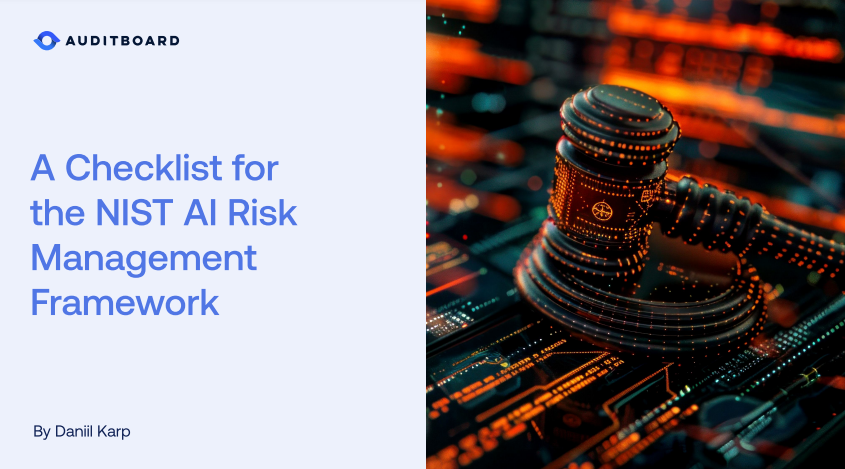Checklist: Applying the NIST AI Risk Management Framework

The NIST AI Risk Management Framework was created to offer a voluntary guide for organizations aiming to improve their management of AI-related risks. It helps simplify integrating trust into AI product design, development, deployment, and use.
The core principle of the AI RMF is that risk management must be an ongoing process throughout the entire AI lifecycle. This approach underscores the importance of consistently addressing and mitigating risks from the initial stages of development through deployment and beyond.
This checklist aims to help develop responsible, innovative use of AI intelligence. To do this, focus on one of the primary goals of the NIST AI risk management framework: harm reduction. This applies to reducing potential risk impacts on people, organizations, and ecosystems. This framework makes it easier to assign process ownership, develop clear workflows, and help audit, risk, and compliance leaders assess risk tolerance, prioritization, measurement, and integration/management.
Of course, it’s critical to remember that compliance is not a one-and-done endeavor. Instead, AI risk management is an iterative process. This checklist serves as a springboard to prompt the constant evolution of your organization’s processes.

